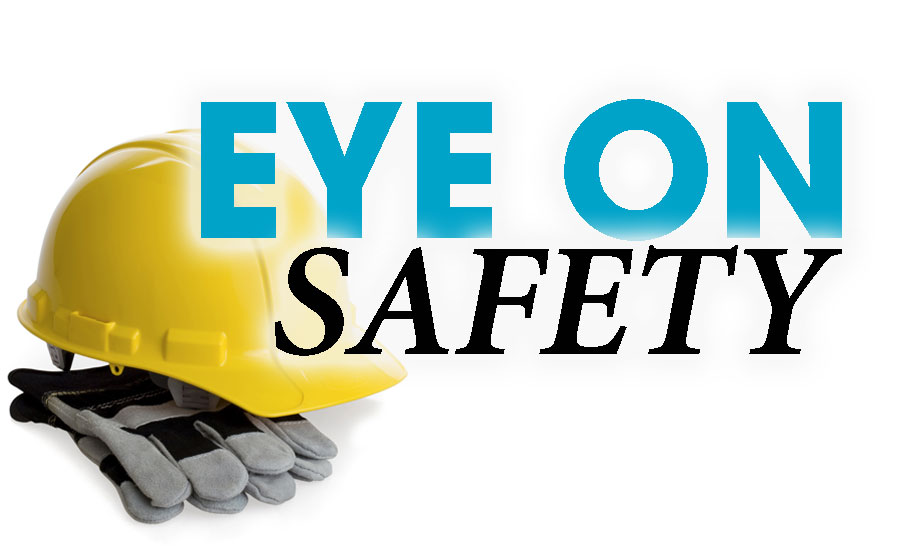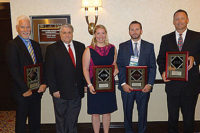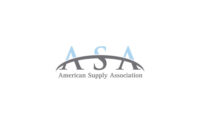Summer is well underway and it brings hot weather — and potentially dangerous work conditions. The Occupational Safety and Health Administration reminds employers and workers to take precautions to stay safe before a heatwave begins.
OSHA’s message is simple: Water. Rest. Shade.
On hot days, it recommends frequent breaks in a cool or shady environment and drinking water every 15 minutes. OSHA also urges employers to allow new workers to acclimate and build up resistance to the increased temperatures. A recent study of heat-related workplace fatalities finds that most occurred during the worker’s first week on the job.
As part of its Heat Illness Prevention Campaign, OSHA offers a website to raise awareness of heat illness symptoms and prevention with educational and training resources in several languages. The site also links to the OSHA-National Institute for Occupational Safety and Health’s Heat Safety Tool, an app available for iPhones and Androids.
OSHA encourages employers and safety professionals to use the site to share examples of how they are keeping workers safe in the heat. In addition to featuring the best examples on its website, the agency also will feature them in its bimonthly newsletter “Quick Takes.” And because it’s 2017, OSHA urges employers, employees and safety professionals to share their heat tips and photos on Twitter using the hashtags: #WaterRestShade and #ProTips.
Walking-working surfaces webinar
Falls from heights and on the same level (a working surface) are among the leading causes of serious work-related injuries and deaths. Last fall, OSHA issued a final rule on Walking-Working Surfaces and Personal Fall Protection Systems to better protect workers in general industry from these hazards by updating and clarifying standards, and adding training and inspection requirements.
Earlier this month, working alongside industry training leader JJ Keller, ASA provided an informative webinar on walking-working surfaces. With many questions still outstanding, employers are still learning what’s needed to comply.
The rule affects a wide range of workers, from painters to warehouse workers. It does not change construction or agricultural standards.
The rule incorporates advances in technology, industry best practices and national consensus standards to provide effective and cost-efficient worker protection. Specifically, it updates general industry standards addressing slip, trip and fall hazards (subpart D), and adds requirements for personal fall protection systems (subpart I).
Most of the rule became effective Jan. 17, 60 days after publication in the Federal Register, but some provisions have delayed effective dates, including:
-
Ensuring exposed workers are trained on fall hazards (May 17);
-
Ensuring workers who use equipment covered by the final rule are trained (May 17);
-
Inspecting and certifying permanent anchorages for rope descent systems (Nov. 20, 2017);
-
Installing personal fall arrest or ladder safety systems on new fixed ladders more than 24 ft. high and on replacement ladders/ladder sections, including fixed ladders on outdoor advertising structures (Nov. 19, 2018);
-
Ensuring existing fixed ladders more than 24 ft. high, including those on outdoor advertising structures, are equipped with a cage, well, personal fall arrest system, or ladder safety system (Nov. 19, 2018); and
-
Replacing cages and wells (used as fall protection) with ladder safety or personal fall arrest systems on all fixed ladders more than 24 ft. high (Nov. 18, 2036).
To view the webinar or more, please visit ASA’s webinar library at ASA.net/Safety/Safety-Webinars.





